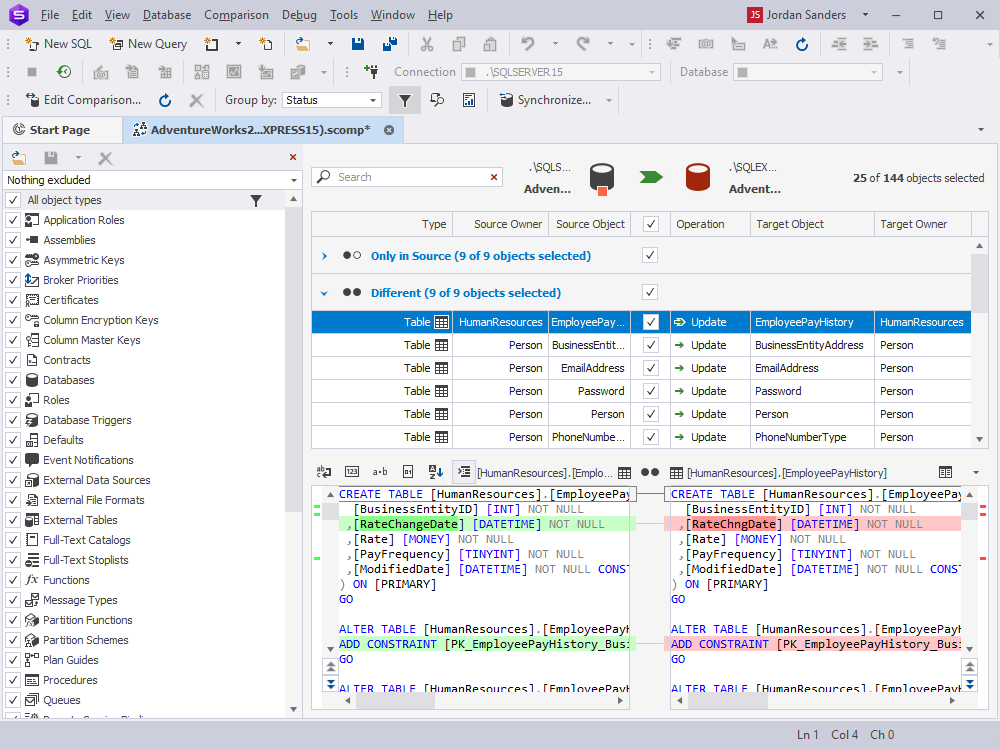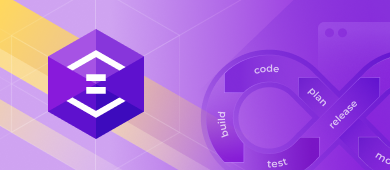Quite often, migrating a database proves to be a cumbersome task. You have to control both schema and data changes introduced into the database. If you intend to build a reliable automation pipeline, you need to fully understand the process and use the proper tools to enhance your productivity.
Focus on Efficiency
The priority for large and successful organizations nowadays is to implement changes into their apps quickly and efficiently. That is, they aim at maximum efficiency with minimum effort. To achieve this level, corporations need to establish a steady workflow where the whole development process runs smoothly and remains under control. To deliver the necessary changes as fast as possible and to ensure the standards are high, the organizations tend to apply the agile development methodology.
The approach allows planning, coding, and building applications at a fast pace. Besides this particular approach, other common practices applied by organizations include continuous integration and continuous delivery. Whereas continuous integration helps to incorporate quality assurance into agile development, continuous delivery is intended to organically join releases and continuous integration.
To combine software development with IT operations, the companies choose DevOps. This model suggests that the processes related to the technology infrastructure of an app need to be performed automatically rather than manually.
Database Migration with DevOps
The CI, CD, and DevOps practices boost application development and accelerate software operations significantly. It is often the case that developers work across different applications and databases and need to have their copies of databases to be used in development environments. DevOps practices are crucial here since they help deliver changes fast and at the same time ensure the minimal risks of application downtime and data breach. Even though there are numerous advantages of integrating changes to databases into DevOps, still, it turns out to be troublesome to synchronize the database modifications and apply various development techniques.
Apps vs Databases
There is a striking difference between the actions one needs to perform to update a database and the actions needed to update an application. Database changes cannot be simply overwritten, one needs to introduce the modifications into the very database structure. This means it is impossible to change the database structure and at the same time keep the data intact.
Apart from that, one needs to incorporate the changes of database data into work environments. And as opposed to apps, databases are not comprised of a group of files, which can be simply transferred by copy-and-paste through work environments. They are made up of a data container that has to be maintained and protected. Thus, in order to introduce changes, you will have to come up with the transition code to carefully direct the changes to both database structure and data.
Code Nature of Databases
Each database comprises a set of structural elements and data. The structural elements include a database schema, tables, stored procedures, and triggers. They are easily modified in a development environment, but when it comes to the production environment, the introduction of changes follows completely different rules.
DevOps practices applied to databases will help you treat database changes as code. You will be able to identify changes in the source repository, execute the code to apply the changes, and automate the application of the changes to databases. All steps involved in the database life cycle, such as development, testing, staging, and production, will benefit from the automation as the process will significantly speed up, become comprehensive, clear, and systematic. That is why it is crucial to provide teams with proper information about database automation tools to achieve complete implementation of DevOps workflow.
Database Comparison and Synchronization
The possibility to handle the code for database changes in a regular version control system is questionable as this approach may turn out rather ineffective and unstable in terms of automation. Thus, a much better option would be to develop transition code between database environments using comparison and synchronization. This approach allows detecting data and schema differences between source and target environment as speedily as possible and performing this automatically.

Manual Database Migration
If you intend to perform database migration between two environments manually, you will need to perform the following:
- Find the differences in database schema between the source and target environment.
- Create SQL scripts that are necessary for synchronization.
- Execute the SQL scripts against the target environment.
Despite the possibility of this approach, the reliability and accuracy remain highly uncertain. Here, we cannot overlook the factor of human error, which may occur during one or several phases and cause application downtime or weaken data safety. Besides, performing these actions manually significantly slows down the delivery of changes and compromises the quality of databases.
Automatic Database Migration
Whereas manual database migration entails several factors that negatively influence productivity and speed, automatic database migration can eliminate these downsides. By automating the process of database migration between different environments, you will be able to:
- Facilitate the migration process.
- Eliminate the need for several teams to be engaged in the database migration between their database environments.
- Implement the same migration between different environments.
- Ensure high standards and uniformity through repetitive migration results.
- Guarantee a greater likelihood of a successful migration. You will have an opportunity to initiate and test the automation between internal environments before you decide to apply the automatic migration to or from a production environment.
- Manage different scopes of migrations ranging from one-task-based migrations to large migrations of several databases.
- Grant other specialists the possibility to review, alter, and reuse the automation code.
Integrate Database Automation
Since the advantages of automation notably outweigh the disadvantages, it is worth saying that automatic migration of databases also allows integration with other software tools. Apart from the capabilities mentioned above, organizations can accomplish end-to-end automation for DevOps. This allows to build servers, change management, track issues, and deliver releases incorporating these processes into automatic database migration. As a result, companies have an opportunity to deploy databases automatically, provide smaller and safer deployments, identify errors at early stages and eliminate them, allow developers to create error-free code, and give a quick response to the company’s demands.
By the way, to explore how to automate database schema changes for the CI process during database deployment, feel free to watch this video.
dbForge Solution
dbForge Compare Bundle for SQL Server helps integrate a SQL Server database into the DevOps process and allows automatic synchronization of database schema and data for a successful deployment. The SQL Bundle consists of two individual tools, dbForge Schema Compare and dbForge Data Compare. The functionality of the tool set enables you to compare the source and target database objects, sort and filter the comparison results, create synchronization scripts automatically, and deploy the changes to the application. Deploy databases automatically, discover mistakes in due time, and adjust the migration process to the organization’s requirements. Start a free 30-day trial today!


